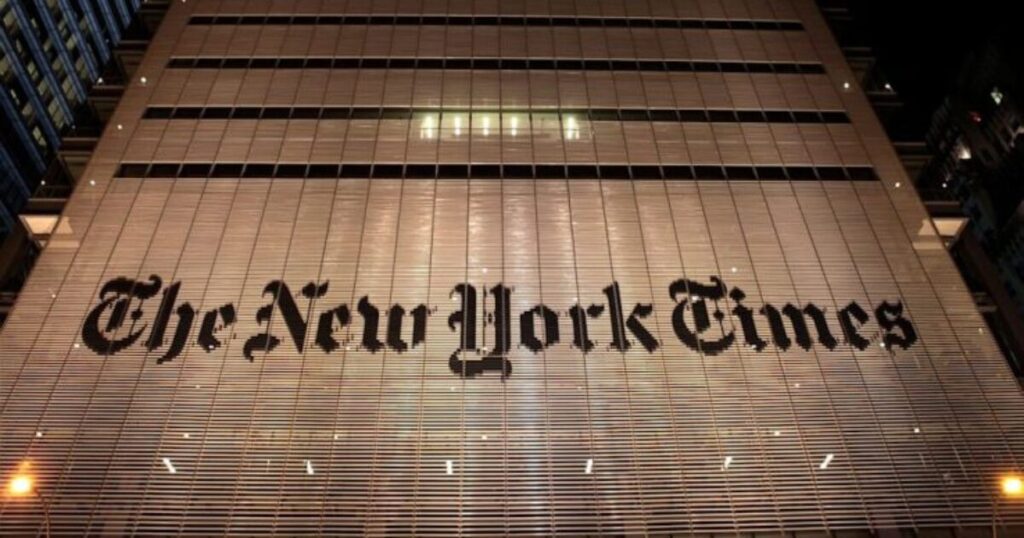The current political landscape surrounding President Joe Biden has prompted notable shifts in narrative, particularly from media outlets previously defending his capabilities. A month after the 2024 election, the New York Times, once dismissive of concerns regarding Biden’s age and capability, now concedes that his ability to serve another four years as president appears untenable. Critiques have emerged particularly emphasizing Biden’s decline, as evidenced by changes in his public behavior and the perception of his mental acuity, which have sparked conversations about his fitness for office. This acknowledgment represents a significant turn from the Times’ earlier position, where they vehemently defended Biden against accusations that he was showing signs of deterioration due to age.
Despite this newfound recognition from the media, many conservative commentators argue that this consensus has long been evident to them. Six months prior, these same outlets were dismissing videos and narratives that portrayed Biden as aging or faltering. They characterized these portrayals as “cheap fakes,” insisting that they manipulated footage to suit partisan agendas. This split in the narrative illustrates a broader divide in public perception between different political ideologies—while the left was keen on upholding Biden’s image as competent and energetic, many right-leaning observers viewed changes in Biden’s performance as obvious indicators of his declining fitness for presidency.
Reviewing the timeline reveals how media narratives can shift dramatically based on political circumstances. Initially, the New York Times, along with other liberal outlets, characterized the circulation of unflattering footage of Biden as political sabotage intended to undermine him ahead of the election. This included context manipulation and emphasized how these distorted narratives fed into existing fears about his age and ability. Their portrayal served as a defense mechanism against rising doubts among voters, attempting to maintain confidence in Biden’s leadership capabilities despite an increasingly competitive electoral landscape featuring challengers like Donald Trump and Robert F. Kennedy Jr.
Fast forward to today, public discourse has softened as outlets like the New York Times seem to have come to terms with the visible signs of Biden’s aging. A recent editorial proclaimed that Biden “looks a little older and a little slower,” starkly contrasting with their earlier claims about the validity of his vigor. This concession suggests a realization that Biden’s perceived capabilities may not align with the demands of the presidency, a reflection of the intense scrutiny facing leaders at such high levels of responsibility. The media’s pivot indicates a struggle to reconcile idealistic narratives with the practical realities of governance, especially as the political climate grows more contentious.
The evolving dialogue raises questions about the role of media in shaping public perceptions and the impacts of their shifting narratives on voters’ trust in political figures. Particularly when the media is seen as a principal arbiter of truth, these changes may lead to skepticism regarding their motives and integrity. Once trusted narratives can easily flip, leading the public to question how reliable information is and whether it serves broader ideological agendas. For conservatives who have felt maligned by the press, this shift serves as a validating moment, but it also casts doubt on the original framing used to bolster Biden’s credibility.
Ultimately, the contrast between past defenses of Biden and current acknowledgments of his challenges illustrates a critical moment in American political discourse. As the New York Times grapples with the implications of an aging leadership figure, it raises the stakes for future elections where age and capability will likely remain focal points of contention. This newfound scrutiny emphasizes the need for a more transparent discourse surrounding age and fitness in political leadership, reflecting voters’ apprehensions and fostering informed decisions regarding electing officials capable of meeting the demands of their positions.

